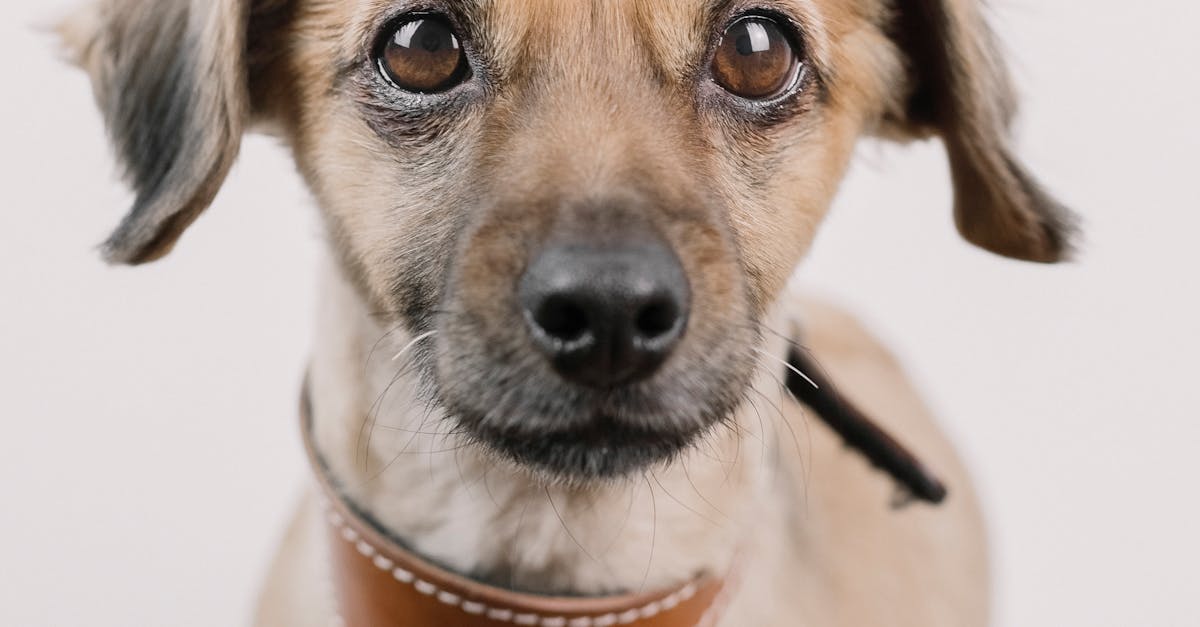
Best Dog Collars For Training
- October 03, 2024
- 5 min Read
- Views 362
Best Dog Collars for Training
Finding the best dog collars for training can be crucial in ensuring effective, safe, and humane training of your furry friend. The right collar not only aids in communication but also enhances the overall bond between the owner and the dog. In this guide, we will explore various types of training collars, their benefits, and tips for choosing the ideal one for your beloved pet.
Types of Dog Collars for Training
In the quest for the best dog collars for training, it is essential to consider the various types available. Each type serves its unique purpose and choosing one depends on your specific training needs and goals.
1. Flat Collars: Ideal for everyday wear, flat collars are the most common type of collar used. They are suitable for dogs that do not pull excessively on the leash. These collars are available in various materials, like nylon and leather, offering comfort and durability.
2. Martingale Collars: Also known as limited-slip collars, martingale collars are perfect for dogs with narrow heads, such as Greyhounds. They tighten slightly when the dog pulls, preventing escape but without causing choking.
3. Head Collars: Ideal for strong pullers, head collars wrap around the dog's muzzle and neck, giving owners control over the head's direction. With a gentle pull, a head collar can redirect a dog's focus without causing harm.
4. Prong Collars: Prong or pinch collars apply even pressure around the dog's neck as a corrective measure. These are usually recommended for dogs that don't respond to other forms of training collars.
5. Shock Collars: Often considered controversial, these collars deliver an electronic pulse or vibration when the remote is activated. Shock collars are generally reserved for stubborn dogs or specific behavior issues but should be used judiciously.
Considerations When Choosing the Best Dog Collars for Training
Choosing the best dog collars for training requires considering various factors to ensure the safety and comfort of your pet. Here are some essential considerations:
Size and Fit: The collar should fit comfortably around your dog's neck without causing any discomfort. It should be adjustable to accommodate growth if your dog is still a puppy.
Material: The collar's material impacts its durability and comfort. Leather and nylon are common materials known for their strength and longevity.
Purpose of Training: Understand the behavior you wish to correct or enhance in your dog to select the most effective collar. Whether it is for behavior correction or obedience training, each collar serves a specific purpose.
Comfort: It's crucial to prioritize your dog's comfort. Collars that are too tight or rough can irritate the skin and cause distress.
Safety: Always ensure the collar includes safety features, especially if you are opting for collars that tighten, like martingale or prong collars.
Brands Offering the Best Dog Collars for Training
Exploring different brands can help you find the best dog collars for training that align with quality and efficacy. Here's a look at some trusted brands that have stood out in the market:
PetSafe: Known for a variety of training products, PetSafe offers collars like the Gentle Leader, which is designed to provide control without causing pain or stress to the dog.
Herm Sprenger: This brand is renowned for its prong collars that are manufactured with superior craftsmanship, ensuring they are both humane and effective.
SportDOG: Providing robust shock collars, SportDOG focuses on delivering quality training equipment, especially useful for higher-energy dogs needing behavioral corrections.
Black Rhino: Known for its comfort and durability, the Black Rhino Comfort Collar offers padded collars that are ideal for dogs with sensitive skin.
Guide Steps for Using Training Collars Effectively
- Evaluate Your Dog's Needs: Determine the specific behaviors you need to address to choose the right type of collar.
- Seek Professional Advice: Consulting a dog trainer can provide insights into the most effective training approach and collar type.
- Introduce the Collar Gradually: Allow your dog to get used to the collar by letting them wear it around the house under supervision.
- Monitor Your Dog's Reaction: Observe your dog’s response and ensure the collar is not causing discomfort or distress.
- Use the Collar Consistently: Consistent usage during training sessions can help reinforce desired behaviors effectively.
- Adapt Training Techniques: Be prepared to adjust your methods based on your dog's progress and behavior changes.
Frequently Asked Questions
Are training collars safe for all dogs? While many training collars are safely designed, it is crucial to choose one suitable for your dog's size, temperament, and specific training needs. Always monitor your dog's comfort and response to the collar.
Can training collars be used for puppies? Training collars can be used on puppies, but it is critical to select ones that are gentle and designed for younger dogs. Consult with a vet or professional trainer to make appropriate choices.
How do I measure my dog for a training collar? Measure around the widest part of the neck with a soft tape measure, ensuring two fingers fit between the collar and the neck for comfort. For martingale collars, also measure the head's circumference.
Tags
- dog training collars
- best dog collars for training
- safe dog collars
- effective training collars
- collar training guide
References
People Also View
-
1October 09, 2024
-
2October 02, 2024
-
3October 09, 2024
-
4September 30, 2024
-
5September 30, 2024
Categories
- Near Me 2147 Posts
- How To 548 Posts
- Where To 257 Posts
- Why 90 Posts
- How Much 97 Posts
- Travel 202 Posts
- Food And Drink 815 Posts
- Shopping 797 Posts
- Lifestyle 1050 Posts
- Automotive 364 Posts
- Digital Income 70 Posts








